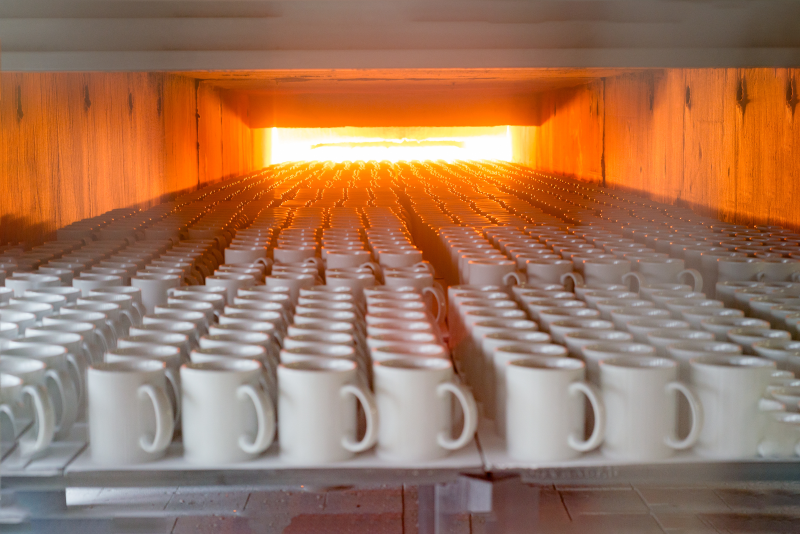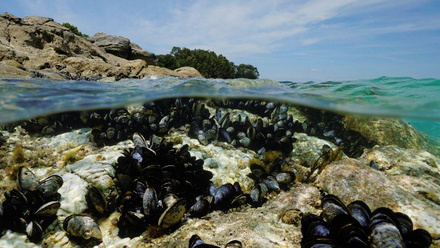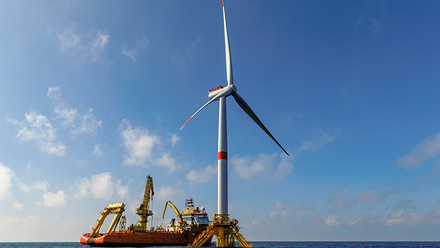Waste biofuels to power glass and ceramics
Low-grade waste biofuels could decarbonise glass-making furnaces and ceramics manufacturing kilns across the UK, according to research organisation Glass Futures.

Combustion trials have identified the potential of three waste-derived fuels, outlined in the report Renewable Waste-Derived Fuels for Glass and Ceramics Manufacturing: Feasibility Study. Cooking and waste oil fuels were assessed based on availability, sustainability and economic viability.
While previous research found that higher-grade biofuels, e.g. biodiesel, are probably not economical for the glass sector, this report is on low-cost, renewable, waste-derived biofuels.
'Fuel quality in glass furnaces and ceramic kilns is less critical for product quality than other sectors like transport or domestic heating, and [they] can better take advantage of these fuels and reduce the economic barriers to switching from natural gas,' comments Dr Bridget Stewart, Senior Projects Manager at Glass Futures.
Flashpoint and viscosity were found to be the issues that influence biofuel viability most strongly, followed by calorific value and the availability of fuels in volume. Elemental composition is also important to predict combusting performance, safety and suitability for use.
A shortlist of 10 different biofuels was initially produced from a list of 80 that was defined by academic and industry experts. These were narrowed down to four waste-derived fuels, considering heavy fractions, the by-products of biofuel production, distillation processes and pyrolysis oils.
Although Aston University in Birmingham, UK, analysed 13 variations of these four fuels, only three were tested for combustion performance due to a supply issue with one.
'Selection of the final three was based on ranking of the results of laboratory characterisation compared to desirable values (agreed with experts) and availability of fuel supply in appropriate quantities,' explains Stewart.
The trials ran for 10 days using the combustion test bed, with the thermal load simulated by water-cooled steel pins covered with ceramic blankets.
Stewart notes that the transition to liquid fuels should only take a few years as it requires established technologies and minimal furnace or kiln changes, as, pre-1980s, most equipment ran on heavy fuel oils before switching to natural gas. Some sites still have liquid fuel back-up systems.
As these low-cost biofuels have heavier fractions, some heating of the storage tanks and pipework is suggested. Glass Futures also recommends new fuel pumps, trace heating of pipework, and tuning of the furnace control system to manage calorific value differences and maintain a steady energy supply.
Rob Ireson, Innovation and Partnerships Manager, adds that existing abatement equipment can manage any increase in particulates and NOx emissions. He believes furnace set-up can prevent most harmful emissions.
Fuel thermal efficiency is indicated to be similar to natural gas, with no impact on glass quality or production efficiency.
Glass Futures admits, however, that knowledge gaps remain, including ways to manage the fuel quality variability and characteristics opportunities to reduce NOx emissions for certain fuels, and optimise fuel combustion.
Stewart adds, 'Perceived concerns around sustainability will also be investigated further. Even if the fuel being sourced is confirmed to be sustainable, proof will be needed that diverting it to the glass sector will not create a demand elsewhere that will be filled by non-sustainable fuels.'
There are plans for further trials with firing over glass on a 30t/day pilot line, and on the furnaces and kilns of five industrial glass and ceramics manufacturers. The key is investigating the cost to melt a tonne of glass, and how to use carbon capture and storage.
A study from Supergen Bioenergy Hub has located the leading biomass resources potentially available within given distances of key manufacturing sites and regions, suggesting that there is more than sufficient biomass resource.





